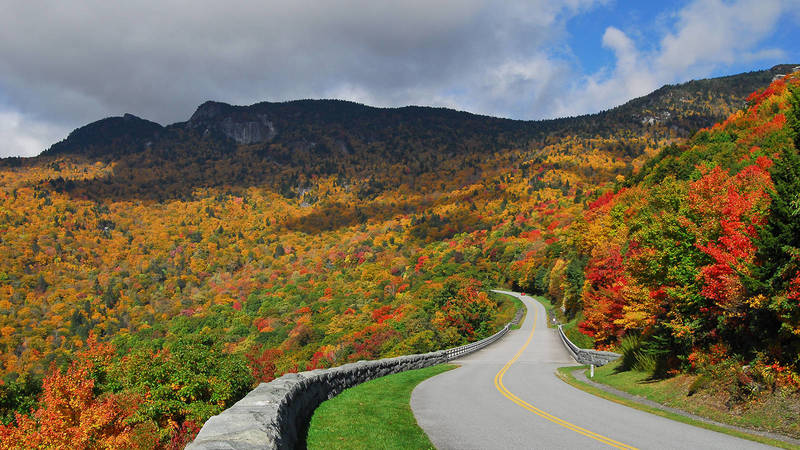President's budget makes clear the increasingly difficult times that lie ahead for national parks' budgets
Washington, DC – President Obama’s newly-released budget would continue to squeeze the National Park Service (NPS) as it works to protect our national heritage, the National Parks Conservation Association (NPCA) announced today. Although the budget proposes a $13.5 million net increase for NPS operations, it also proposes cuts exceeding $20 million for the parks themselves. The budget cuts mean a net reduction of 218 full time rangers and other park service staff.
“Rather than invest in national parks as economic generators and job creators, the administration’s budget actually cuts jobs needed to protect and maintain our parks and to serve visitors,” said Craig Obey, Senior Vice President for Government Affairs. “In one breath the budget reveals a cut of more than 200 positions, yet in the next it cites data showing that every two Park Service jobs yields one job outside the Park Service. We need actions to speak louder than words – park rangers, interpreters, and maintenance staff are the people who make sure visitors have a great experience and those jobs help create other jobs in so many communities.”
“We’re no longer robbing Peter to pay Paul. Now, we’re robbing Peter to pay Peter,” Obey said. “In fact, the reductions in park budgets are helping to pay for some important items, such as research into how to protect park resources in the face of climate change.”
In addition, the budget includes level funding for the Rivers and Trails Conservation Assistance Program ($10 million) and the Great Lakes Restoration Initiative ($300 million). And the budget devotes urgently needed funds ($246 million) from multiple agencies to restoration of the Everglades.
The president’s $2.6 billion request for the NPS includes a small increase of $2.5 million to federal land acquisitions through the Land and Water Conservation Fund (LWCF). The proposal also includes an innovative new effort focused on LWCF grants to states for urban parks, large landscape protection, and waterway access.
“With ongoing threats of development within the borders of our national treasures, we’re pleased to see a continuing investment, but that’s in the context of a budget that already falls well short of the need,, ” Obey said.
This budget falls short in light of the administration’s new initiative to attract international tourists, where the national parks will serve as a central, important player. To be effective, such an initiative should come with the resources to serve those visitors when they arrive. But this budget does nothing to help NPS better serve domestic or international visitors.
“At a time of widening income disparity, national parks are a great equalizer. They’re available for Americans to enjoy no matter their income, job status, or background,” Obey said. “It would have been nice to see genuine attention to ensuring national parks can continue to effectively play their role as common ground in America.”
The root cause of these budget challenges is the discretionary budget cap that Congress and the administration agreed to during 2011, which are expected to be in place past 2016, the NPS centennial. Additionally, unless Washington can agree on $1.2 trillion in savings and/or revenues from elsewhere in the budget, parks will face a devastating cut of more than 9 percent next January.
Made in America: Investing in National Parks for Our Heritage and Our Economy
Yellowstone, Gettysburg, the Statue of Liberty and the Flight 93 Memorial are among the many national parks that we, as Americans, own together. Keeping this magnificent collection of places well-managed…
See more ›NPCA’s recent Made in America report predicted the slow, insidious erosion of needed funding that is now poised to continue for the third straight year. On top of the squeeze to operations, this budget continues the trend of reducing what little remains of the NPS’ construction account to pay for other budgetary needs. If this cut is enacted by Congress, NPS’ construction account will have been reduced by $24 million, or 16 percent. In today’s dollars, this account has already been slashed by $300 million, or two-thirds, during the last decade, despite a maintenance backlog of more than $3 billion for the most critical systems.
“Within the constraints of the budget ceiling that Congress put in place, the president clearly chose some priorities in this budget,” Obey said. “Unfortunately, it doesn’t make national parks, themselves, much of a budget priority. If decisions like these persist, our beloved national parks will, slowly but surely, wither on the vine.”
###
About National Parks Conservation Association
Since 1919, the nonpartisan National Parks Conservation Association (NPCA) has been the leading voice in safeguarding our national parks. NPCA and its more than one million members and supporters work together to protect and preserve our nation’s natural, historical, and cultural heritage for future generations. For more information, visit www.npca.org.
For Media Inquiries
-
Issues


